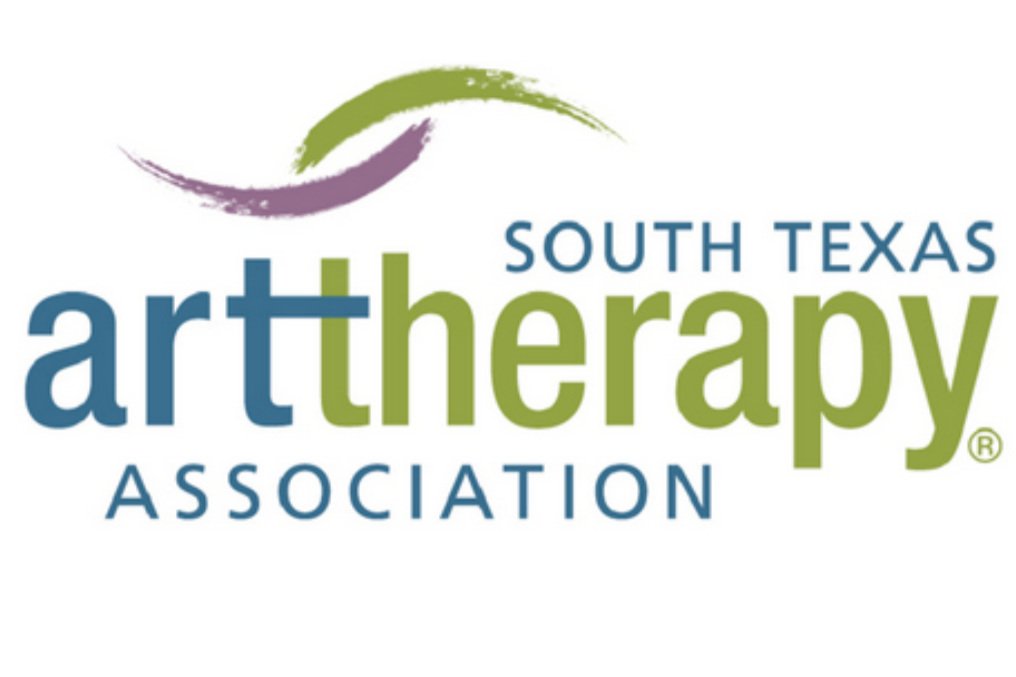AATA 2018 Conference Updates
/AATA Conference Updates 2018
From Assembly of Chapters meeting:
ATCB report
Encouraged to make sure the chapter website includes a link to the ATCB
Call for chapters to share the ATCB blog articles on their own social media
Reminder that there are updates rules that go into effect for graduates after 2018 (e.g., regarding supervision toward the ATR)
ATP (provisional) continues to be optional and encouraged, not mandatory
Licensure and title protection legislation is moving forward in several states, 22 states now have some legislature in place that address art therapy
AATA has resources (like someone to write the proposed bill) to help for any state that wishes to pursue licensure
Ideas and action from other chapters included – doing a membership survey to see what chapter members want, monthly meetups that are participant led or focused on connection and art making (i.e., not CEUs), having local conferences and retreats (or partnering with another local organization that is putting on a mental health conference), community art activities at Pride events and Women’s March, art display (of children’s art about mental health) at the capital bldg. for National Children’s Mental Health Awareness Day, disaster relief and trauma response activities
2019 is the 50th Anniversary of AATA, a year-long celebration will begin Jan 1st.
Chapters are encouraged to share content on social media (use #AATA50th), there will be a special event page created
Participate in online conversations on the MyAATA forum
Contribute to the crowdsourced video project by taking short videos and adding photos to the project on the SeenIt Capture app (piloted to delegates during conference and all members will be invited to contribute soon)
AATA is trying to take a more flexible approach to what local AT groups and chapters are like; adjust your chapter as needed to meet the needs of your members and local community
An “equity” model instead of “equality” – not everyone needs to be the same, focus on everyone gets their needs met
Encouraged chapters to think about how you can form “coalitions” with like-minded organizations to achieve a joint goal.
Other discussion about how to pursue AT licensure (or other legislature) in your state – AATA can provide guidance and support if someone wants to work on this
From AATA Member’s meeting:
AATA has added a priority to the Strategic Plan for “Diversity, Equity, and Inclusion”
AATA board received outside consultation and training in order to better implement this priority in the organization
Continue to work on better communication to members and better listening to members
Will be sending out a survey to gather data from the membership, which will shape the goals and actions of AATA
Have done more to send out emails and updates
Feel free to email AATA with any thoughts, concerns, and questions
The resolution process has been expanded so that it can take place year round, not just a conference
Political and social issues
Karen Pence is NOT a spokesperson for AATA. AATA’s role is the provide her with accurate information about art therapy (as well as informing the public directly)
AATA speaks up for Art Therapy for all
Created first voter education guide for voting with art therapy in min
AATA has taken more action to create and publicize position statements and to sign on to joint statements with other mental health organizations (e.g., in support of transgender and gender non-conforming individuals, in response to the negative statements from Jeff Sessions about mental health, and against the separation of migrant children from parents)
CAHEP accreditation
The first art therapy graduate program has been received CAHEP accreditation
More programs are expected to be approved soon
Third party accreditation (no longer ACATE accreditation) is essential moving forward to protect student ability to get other mental health licenses, as well as for creating new AT licenses and getting insurance reimbursement for art therapy
Insurance Reimbursement
3 insurance companies have contacted AATA in order to learn more about art therapy and consider insurance reimbursement for art therapy
Treasurer’s report
An independent audit of finances is done every year, 2017 finances were certified “clean”
Yearly revenue increased, investment performance was good, budget – expenditures are in line with revenue
Mental Health Liaison Group – AATA participates as one of 40 professional organizations
National Park Service (& Office of Public Health) are talking with AATA about idea of posting an Art Therapist in every national park
First international art therapy conference will be held in London in July 2019, joint effort between BAAT and AATA
SAMHSA partnership
Included art therapy in a video about trauma treatment
AATA participated in event with SAMSHA to meet with 12 state first ladies who are committed to mental health
Stephen Colbert auction raised $22,000 and was donated to AATA, put directly in Diversity, Equity, and Inclusion fund
Online activity
Blogs on AATA and ATCB
MyAATA now includes an online forum to build discussion and community
Improvements made to the Institute of Continuing Education
Resolution was introduced by a member to dissuade art therapists from any training or supervision of non-art therapists in the practice of art therapy, and then rescind the 2011 ethics guideline “Art Therapists Training Non-Art Therapists.”
After a handful of discussion comments, the resolution was referred to the Ethics Committee for further review. Ethics committee members spoke up to say that existing guidelines already provide specific guidance that any Art Therapist offering training must clarify that this training is different than the graduate level training that is needed in order to be an “Art Therapist” and must focus on how the other mental health professionals can use art within their scope of practice. (i.e., they cannot practice “art therapy,” even if they use art in therapy)
